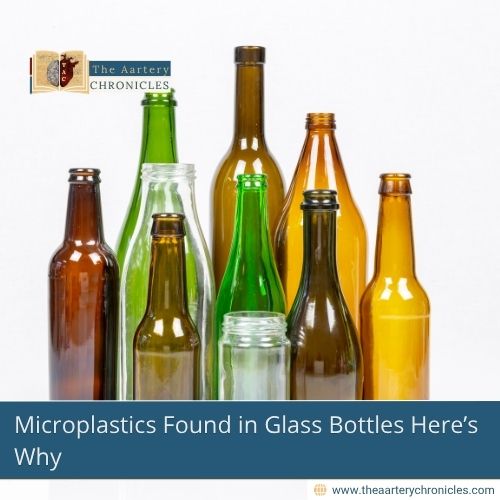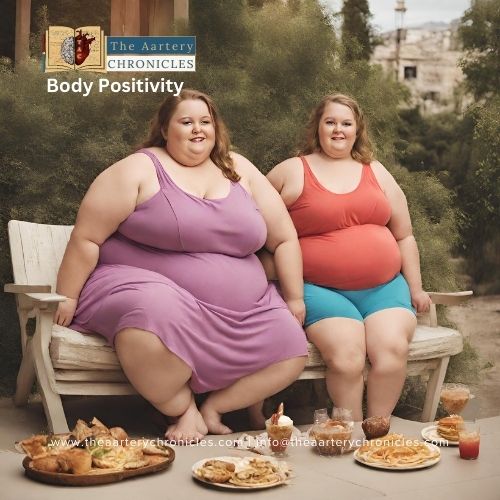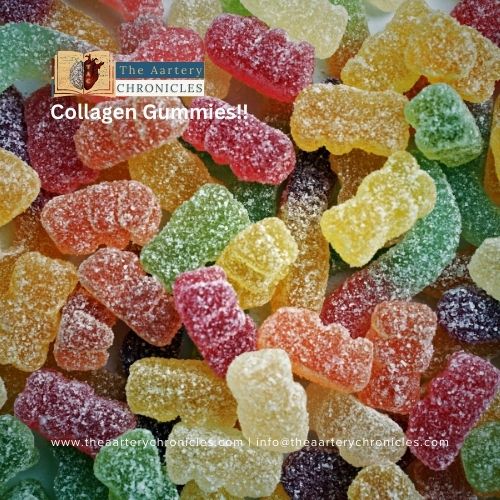

Microplastics Found in Glass Bottles Here’s Why
For years, many people have believed that glass is a safer and more eco-friendly alternative to plastic when it comes to storing drinks. However, a new study by France’s national food safety agency, ANSES, challenges this belief. Researchers found that beverages stored in glass bottles contain more microplastics than those in plastic bottles or metal cans.
How Much More Microplastic Is in Glass Bottles?
The study examined popular drinks, including soda, lemonade, iced tea, beer, water, and wine, sold in various types of containers across France. The results were surprising:
- Glass bottles: Around 100 microplastic particles per litre
- Plastic bottles or cans: 5 to 50 times fewer microplastics
- Beer bottles: On average, 60 particles per litre
- Water: 1.6 to 4.5 particles per litre, depending on the container
- Wine: Contained very few microplastics, even in glass bottles
Drinks stored in glass bottles especially carbonated ones like soda and beer had much higher levels of microplastic contamination.
Where Are These Microplastics Coming From?
Interestingly, the glass itself is not the main source of the contamination. Instead, the study points to an unexpected culprit: the painted metal caps that seal glass bottles.
The paint on these caps contains plastic. During bottling, storage, and transport, friction and rubbing can cause tiny plastic fragments to flake off into the drink. These microplastics are so small that they can’t be seen with the naked eye, but they still end up in the liquid.
Can This Be Prevented?
Yes, there are potential ways to reduce the contamination:
- Cleaning the caps before bottling
- Improving storage and handling to minimize friction
- Using alternative materials for cap coatings
Manufacturers can adopt these strategies to lower microplastic levels and make beverages safer for consumers.
What Does This Mean for Our Health?
At this point, it’s still unclear what impact these microplastics may have on human health. Scientists are aware that we are exposed to microplastics through food and drinks; however, there is insufficient data to determine whether the amounts found in glass bottles pose significant health risks.
Still, the findings challenge the common assumption that glass packaging is always the safest option. While it may be better for the environment in some ways, it’s not necessarily cleaner when it comes to microplastic exposure.
Conclusion
This study is a wake-up call for beverage companies and regulators. It highlights the need to:
- Reevaluate packaging materials
- Improve bottle cap designs
- Study the health effects of microplastic ingestion
- Set safety standards to protect consumers
Ultimately, more research is needed to understand how microplastics affect the human body and how best to prevent their spread.
Glass bottles may look cleaner and safer, but they could expose you to more microplastics than plastic bottles or cans mainly due to the plastic-based paint on metal caps. Until safer packaging solutions are found, consumers and manufacturers alike should be aware of this hidden risk.
Source: Inputs from various media Sources

Priya Bairagi
Reviewed by Dr Aarti Nehra (MBBS, MMST)
I’m a pharmacist with a strong background in health sciences. I hold a BSc from Delhi University and a pharmacy degree from PDM University. I write articles and daily health news while interviewing doctors to bring you the latest insights. In my free time, you’ll find me at the gym or lost in a sci-fi novel.








